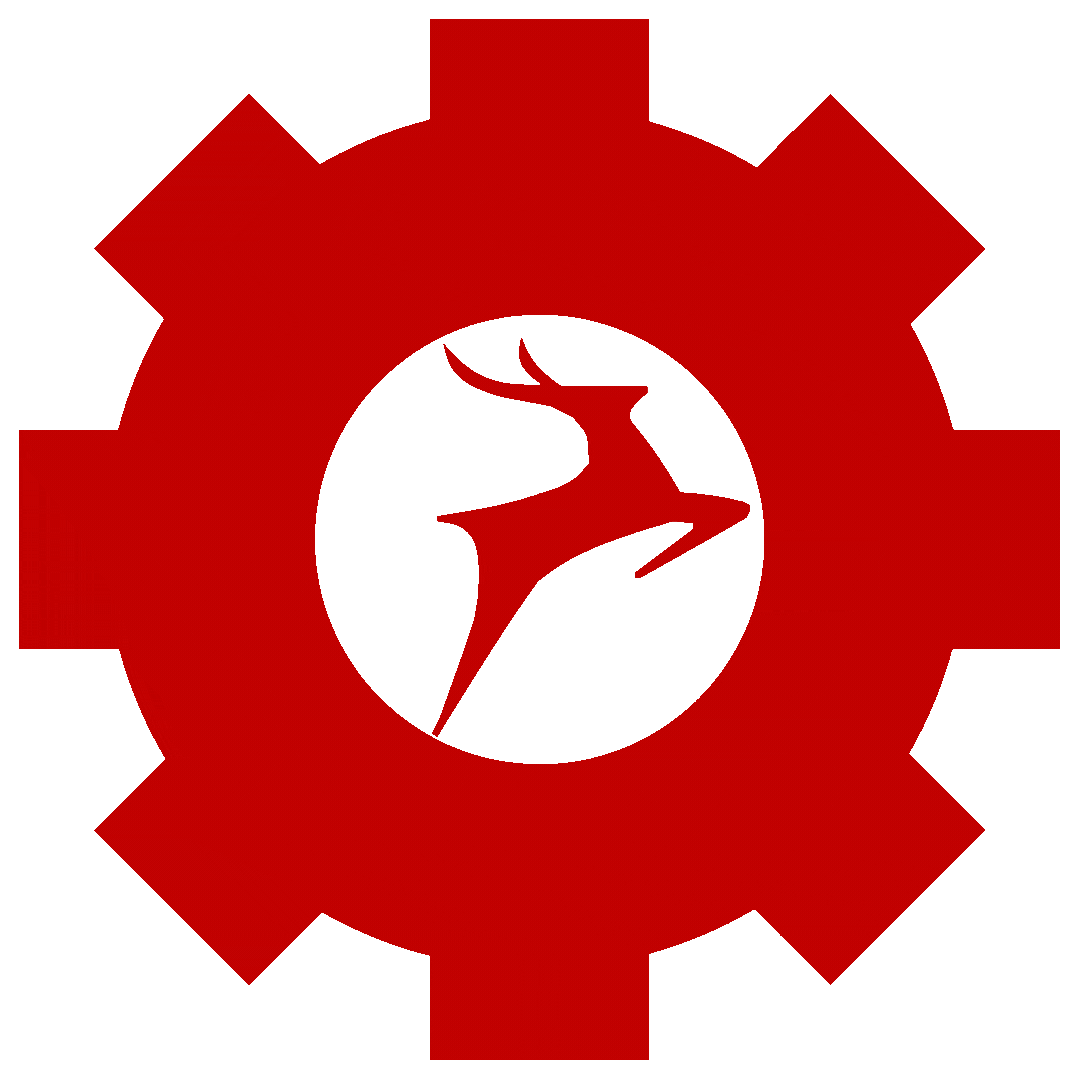The history of Linux started in 1970, AT&T Bell Labs began working on a project to create a new operating system called Unix, which was written in the C programming language.
Development of C Language
The C language was also developed by Bell Labs and was designed to be a high-level language that could be used to write portable code for different computer architectures.
Unix quickly gained popularity, and by the late 1970s, it was being used in many academic and research institutions.
It was also becoming popular in the commercial sector, with companies like Digital Equipment Corporation (DEC) and Sun Microsystems creating their own versions of Unix.
Diversion of Bell Labs system
However, in the early 1980s, AT&T was facing legal challenges related to antitrust issues, and as a result, it was forced to divest itself of Bell Labs.
This led to the creation of the UNIX System Laboratories (USL) as a separate entity.
During this time, IBM became interested in Unix and began working with USL to create its own version of the operating system, which became known as AIX. Other companies, such as HP and Digital, also developed their own versions of Unix.
Evaluation of MINIX System

In the late 1980s, Andrew S. Tanenbaum, a computer science professor at Vrije Universiteit in Amsterdam, created a Unix-like operating system called MINIX.
The purpose of MINIX was to provide a simplified version of Unix that could be used as a teaching tool for computer science students.
At the time, Unix was a popular operating system in academic and research settings, but it was not widely available for personal computers due to its high cost.
MINIX allowed students to gain hands-on experience with Unix concepts and tools without the need for expensive hardware.
Evaluation of Linux

The history of Linux started with the story of Linus Torvalds and Linux is one of the most famous successful stories in the computer industry.
In 1991 when Linus was a computer science student at the University of Helsinki.
He was frustrated with the limitations of the operating systems available at the time,
such as Microsoft’s MS-DOS and Apple’s Macintosh OS, which were closed-source and proprietary.
Linus Torvalds’s Goal

Linus wanted to create an operating system that was free and open-source,
which would allow anyone to use, modify, and distribute it without any restrictions.
He started working on the project as a hobby, initially calling it “Freax,” a combination of “free,” “freak,”
and “Unix,” as it was based on the Unix operating system.
Initial Development of Linus
Linus initially developed the Linux kernel, which is the core of the operating system.
He released the first version of the Linux kernel on the Internet in September 1991, under the GNU General Public License (GPL), which allowed anyone to use, modify, and distribute the code.
Linux Attracted Everyone
At first, the response to Linus was modest, but over time, it gained a following among computer enthusiasts who appreciated its flexibility, scalability, and stability.
In addition, the fact that Linux was free and open-source made it attractive
To businesses and organizations, who could use it without having to pay for expensive licensing fees.
Linus continued to work on Linux, collaborating with other programmers around the world to improve the system.
By the mid-1990s, Linux had become a fully-functional operating system,
complete with a graphical user interface, networking capabilities, and support for a wide range of hardware devices.
The growth of Linux was driven by the Internet, which allowed users to share code,
Collaborate on projects, and distribute software freely.
In addition, the emergence of open-source software communities,
such as the Free Software Foundation and the Linux International organization, helped to promote and support the development of Linux.
As Linux became more popular, Linus became a respected figure in the computer industry.
He got invitaiton to speak at conferences around the world,
And got sought after by companies and organizations that wants to use Linux in their operations.
Today’s Scenario
The history of Linux today made a scenario such that,
Linux is used by millions of people around the world, from individual users to large corporations and governments.
It is used in a wide range of applications, from servers and supercomputers to smartphones and home appliances.
Moreover, the success of Linux has served as an inspiration for the development of other open-source software projects, including the Apache web server, the MySQL database, and the Python programming language.
Furthermore, he continues to work on Linux and has expressed a strong desire to keep the system free and open-source for future generations.
His story is a testament to the power of collaboration, innovation, and dedication in the world of technology.
Linus torvald wiki: https://en.wikipedia.org/wiki/Linus_Torvalds
Linux org:- https://linux.org/
Linux opensource heaven plainsurf blog:- https://plainsurf.com/linux-open-source-heaven-how-linux-is-revolutionizing-the-tech-industry/

